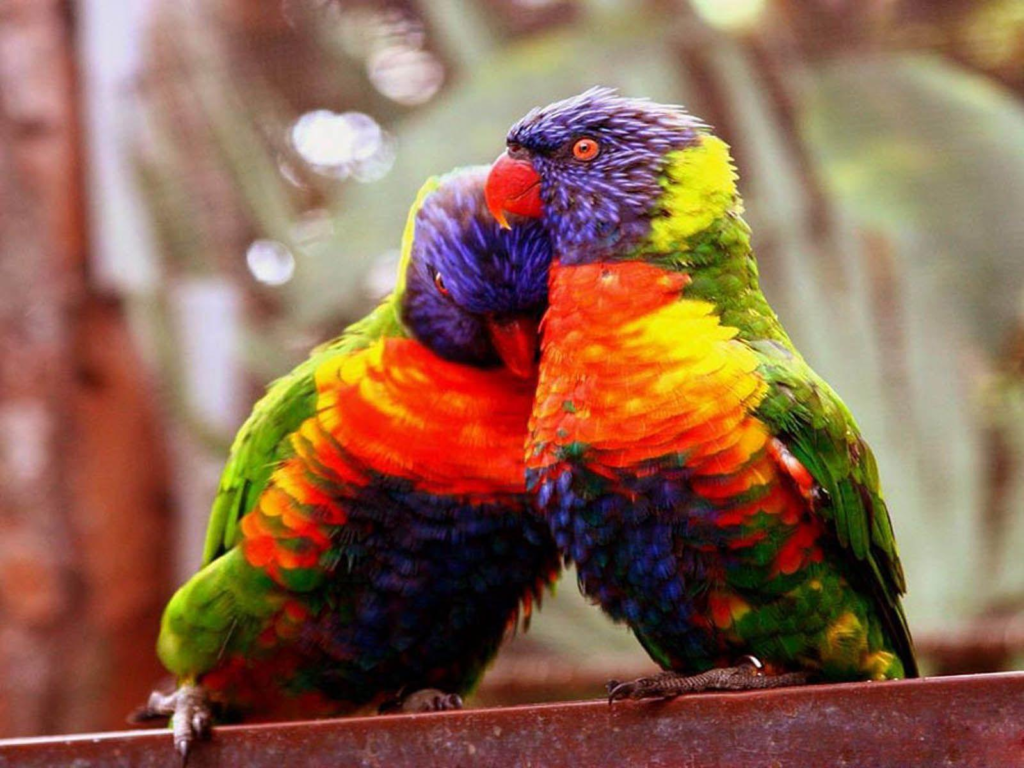It’s been raining here this morning, I would like to invite you to take a walk with me. While out and about we can look for Birds and celebrate Aril 26 Audobon Day #AudubonDay and National Arbor Day #NationalArborDay, If your Homeschooling like I am both of these are amazing things to study. Bring the kids and even the spouses for some much needed exercise and make our walk a #Screenfree time. #noelectronics of any kind.

Birds (Aves) are a group of animals with backbones. They evolved from dinosaurs. Technically, birds are dinosaurs.[2]
Birds are warm blooded. Their feathers help prevent loss of body heat.[3][4] Modern birds do not have teeth. They have beaked jaws. Birds lay hard-shelled eggs. They have a high metabolic rate and a strong but lightweight skeleton. Their hearts have four chambers.
Birds live all over the world. They range in size from the 5 cm (2 in) bee hummingbird to the 2.70 m (9 ft) ostrich. There are about ten thousand species of birds. More than half of these are passerines, or perching birds.
Birds have wings. The wings develop differently in different species. The only known groups of birds without wings are the extinct moa and the elephant birds. Wings evolved from the forelimbs of birds. They give birds the ability to fly. Over time, many groups of birds evolved with smaller wings. These include ratites, penguins and many island species of birds. The digestive and respiratory systems of birds are also adapted for flight. Some bird species in aquatic environments have evolved as good swimmers. This is seen in seabirds and some waterbirds.
Wikipedia
Spelling Class:
Birds, Aves, Animals with Backbones, Evolved, Dinosaurs, Technically, Warm Blooded, Feathers, Prevent, Loss of Body Heat, Modern Birds, Teeth, Beaked Jaws, lay, Hard-Shelled Eggs, Metabolic Rate, Strong, Lightweight, Skelton, Hearts, Four Chambers, World, Range, Size, Bee Hummingbird, ostrich, ten thousand, species, passerines, wings, develop, differently, Extinct Moa, Elephant Birds, Forelimbs of Birds, Fly, over time, smaller wings, Ratites, Penguins, Island Species Birds, Digestive Systems, Respiratory Systems, Adapted, Aquatic Environments, Swimmers, Seabirds, Waterbirds
Reading Class:
Charlie will be reading The Birds of America and National Geographic Backyard Guide to the Birds of North America, 2n Edition for 30 minutes a day. Monday through Thursday and write down 2 facts a day he learned in his reading journal.
Friday Charlie will turn the facts into a report he reads out loud to his parents.
Math Class:
Charlie will be looking up facts on Birds and turning them into 5 math problems for someone in his home to work out. Then they will use those facts to create math problems for Charlie to work out.
Charlie will write the math problems inside his Math notebook.
Drama Class:
Charlie will visit a Pet Store or the Zoo and learn about Birds and how they act and act out how a Bird moves for us.
Then Charlie will watch a documentary on Birds and create a report to be read out loud to his parents.
For fun find a movie about Birds like the Cartoon Tweety Bird to watch with your parents and act out your favorite scene.
Music Class:
Listen to Bird Sounds and practice them for your parents.
In your Music Journal write down which Birds you mimicked and why.
PE Class:
Take a walk through your Neighborhood or Zoo and take pictures of Birds that you will draw in your Art Class.
Art Class:
Sketch any Birds you saw while outside walking through your neighborhood.
Cooking Class:
Make Bird Feeders for the Birds and write the recipes to the Bird Feeders inside your Cooking Journal which will be turned into a Cookbook at the end of the year.
Then make and decorate Cookies in the shapes of Birds.
For a Field Trip visit the Grocery Store for the ingredients for the Cookies and also pick up Cookie Cutters in the shapes of Birds and Bird Houses.
Thank you,
Glenda, Charlie and David Cates